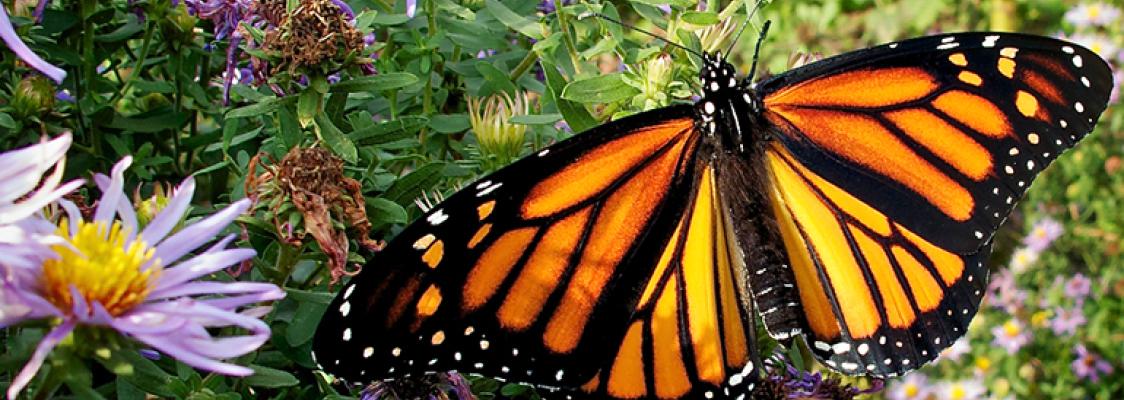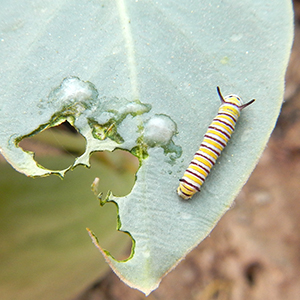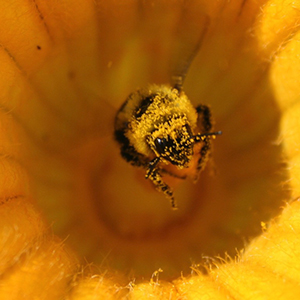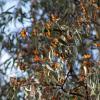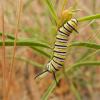To conserve monarchs and their habitat Xerces works with farmers and farm agency staff to install high-quality habitat for pollinators, enhance and manage existing habitat, and protect habitat from pesticide exposure. We have partner biologists and conservation planners across the eastern US who are working with farmers and ranchers to provide technical assistance on restoration, enhancement, and management projects for pollinators – including monarchs.
Milkweed to feed caterpillars
Nectar plants to fuel breeding and migration
Overwintering habitat
Protection from pesticides and diseases
Plant Milkweed
Visit our Project Milkweed page to find regional milkweed guides, and use our Milkweed Seed Finder to locate seed and plant sources.
Plant Monarch Nectar Sources
One of the most significant actions you can take to support monarch populations is providing nectar-rich flowers and milkweed host plants. Our Monarch Nectar Plant Lists identify the best plants for providing nectar sources for adult monarchs in your area.
Create, Manage, and Restore Habitat
From years of habitat restoration work we know that, when you give pollinators the habitat they need and protect it from pesticides, biodiversity increases and populations improve. From expansive meadows to backyard butterfly gardens and everywhere in between - every landscape can be optimized to support pollinators.
Managing Pests While Protecting Pollinators
Whether conventional or organic, all pesticides can pose a risk to pollinators if not used properly. Learn about the risks pesticides pose to pollinators, what measures can be used to reduce harm, and the many alternatives available to foster alternative methods of pest control.
Working Lands for Wildlife: Monarchs
The USDA NRCS Working Lands for Wildlife program is working with agricultural producers in the Midwest and southern Great Plains to combat the decline of monarch butterflies by planting milkweed and other nectar-rich plants on private lands. Visit the Working Lands for Wildlife page to find out how you can help!

